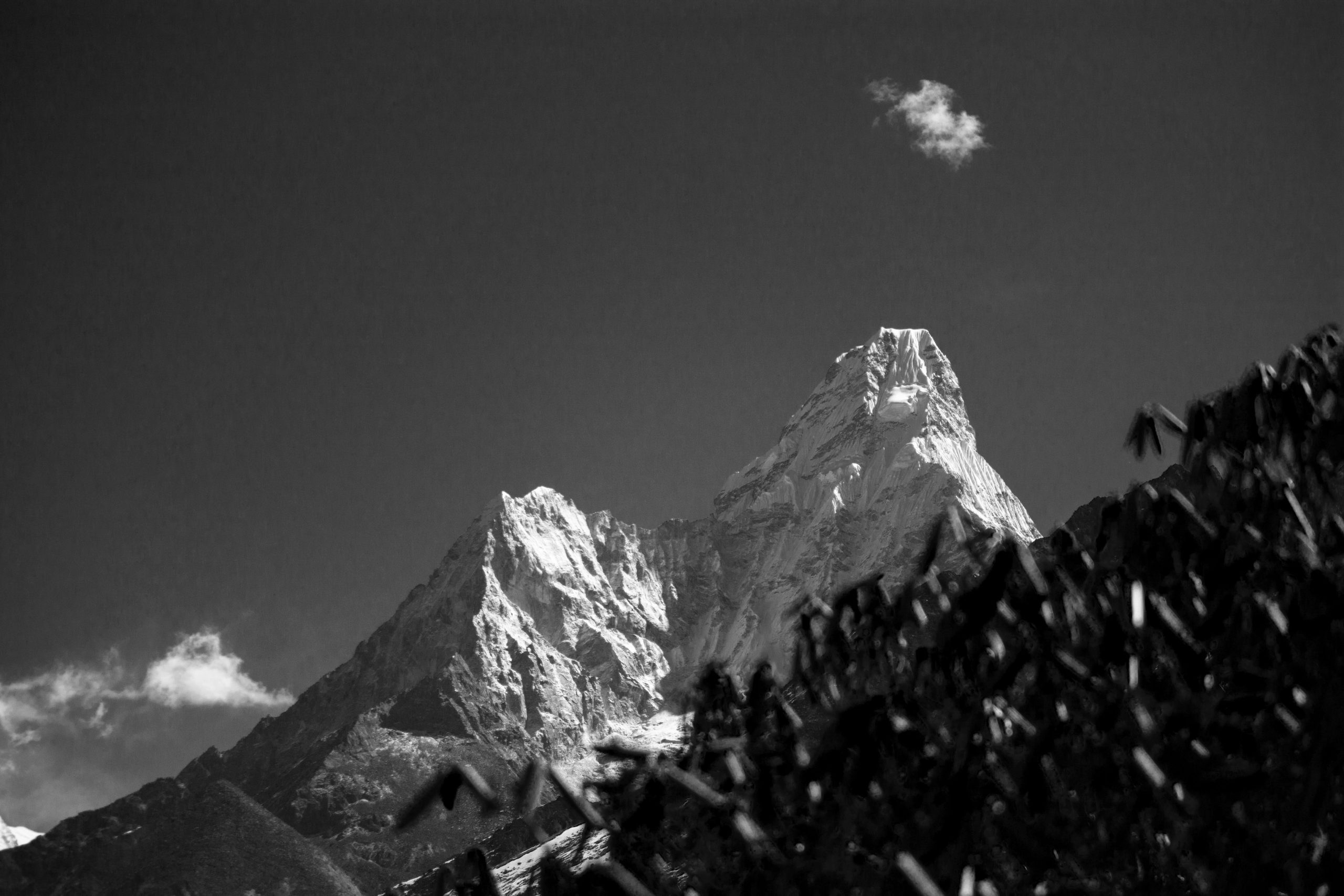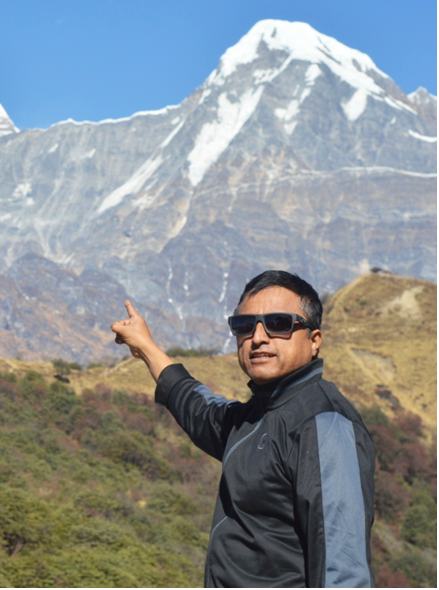For anyone looking for adventure and a chance to experience the breathtaking splendor of the Himalayas, the trip to the Ama Dablam base camp is a must-do. The walk offers stunning views of some of the most recognizable peaks in the area as it travels through dense woods, traditional communities and high mountain passes.
The chance to see the magnificent Ama Dablam,a 6812m peak regarded as one of the most beautiful in the world, is one of the trek’s highlights. With its sharp rocky ridges and dangling glaciers, the mountain’s unusual shape is
incredibly captivating.
After taking a quick flight from Kathmandu,your tour will commence at the lovely town of Lukla, where the trek starts. Following the Dudh Kosi River from there will let you to experience local culture and customs while passing
through traditional Sherpa settlements. The trails teadily steepens as you approach Namche Bazaar, the entryway
to the high mountains, on your way there.
Rhododendron woods and high mountain crossings, such the Tengboche Pass,which provides breathtaking views of the surrounding peaks, are encountered as you continue your walk.As you get closer to the base camp,the trail gets
more difficult and rocky, but it’s worth it when you see Ama Dablam for the first time.
The trek to Ama Dablam base camp is not just a physical challenge but also a voyage of cultural exploration and personal development. As you travel through some of the most stunning and remote environments on Earth, you’ll have
the chace to interact with locals and discover more about their way of life. You’ll also have the chance to push
yourself to the maximum.
In conclusion, the trek to Ama Dablam base camp is a once-in-a-lifetime opportunity that you won’t want to pass up.
Pack your luggage and get ready for aonce-in-a-lifetime journey as you hike to the base camp of one of the world’s
most stunning peaks.




